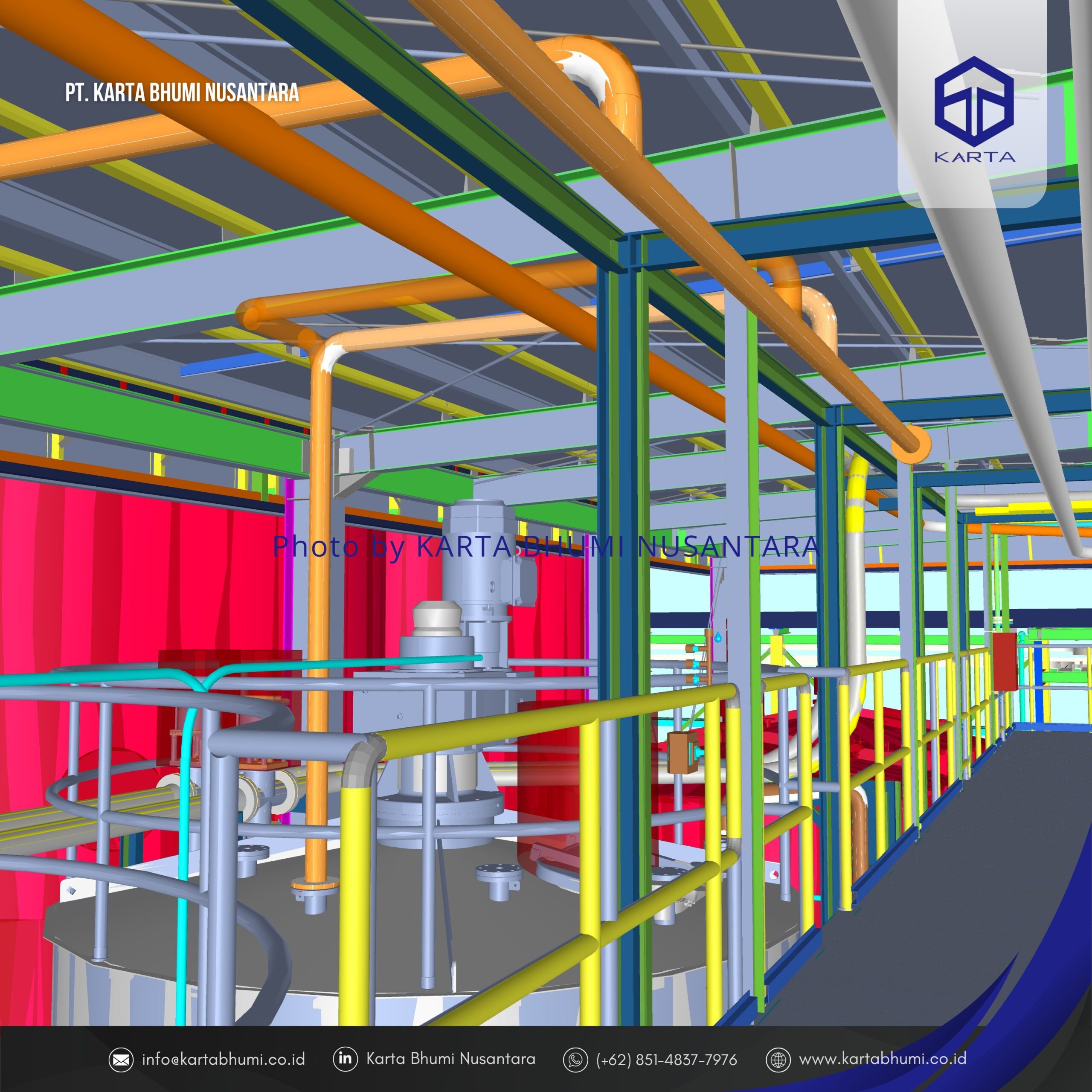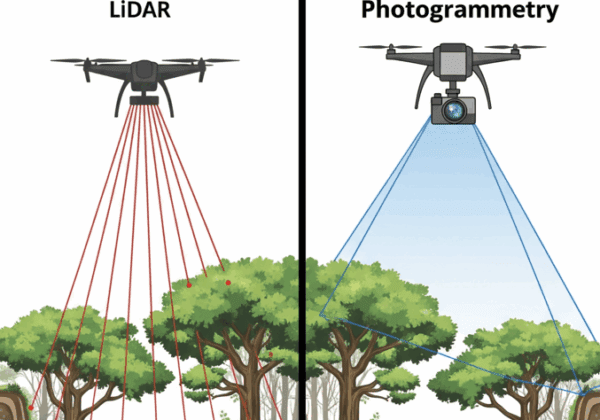What is BIM and how can it benefit your construction project?
Building Information Modeling (BIM) is a technology-based process used to create and manage digital representations of the physical and functional characteristics of a building or infrastructure. BIM is more than just software; it’s an integrated methodology that enables cross-disciplinary collaboration between architects, engineers, contractors, and project owners within a single, integrated digital model. With BIM, all project information, from design concepts to operations, is consistently managed and updated in real time.
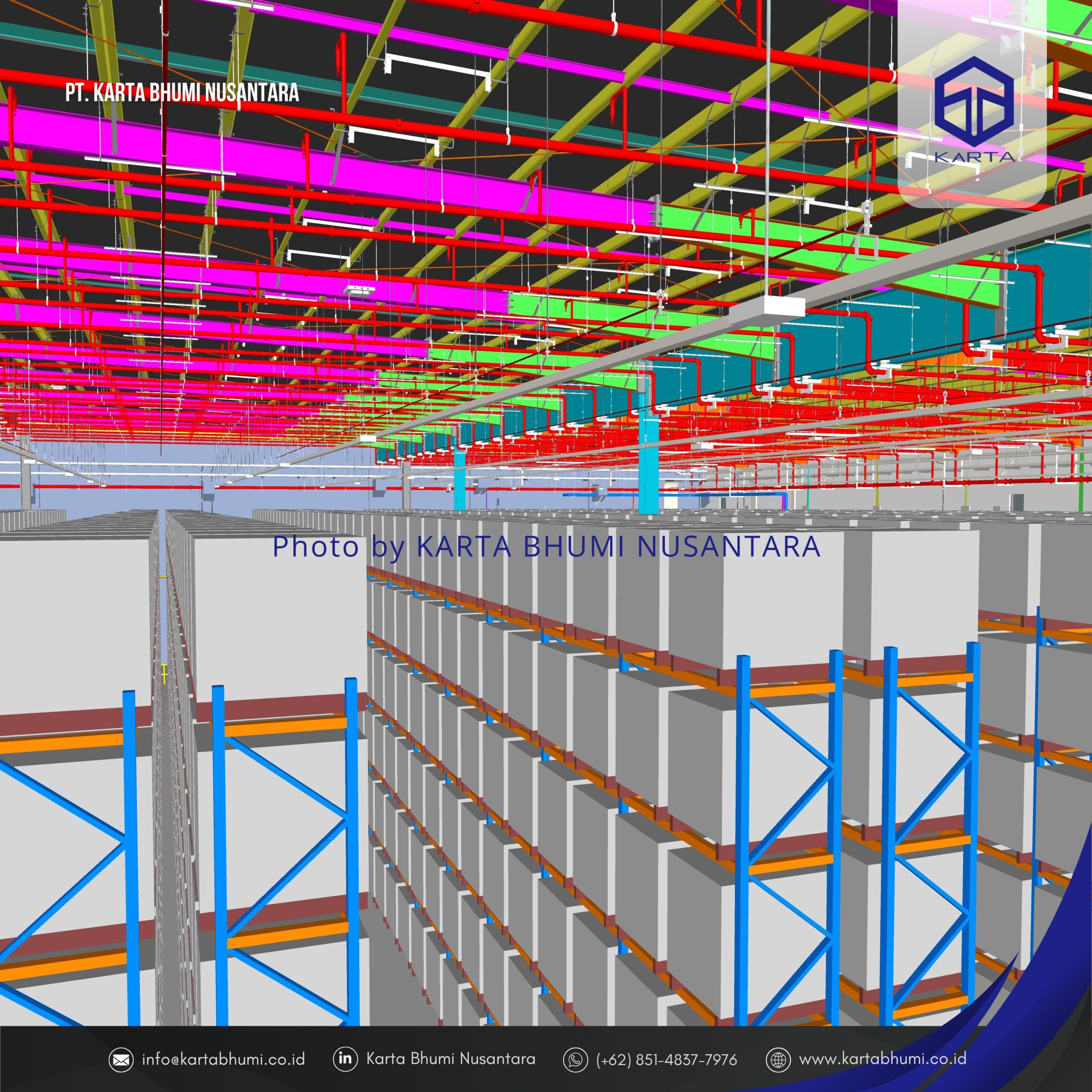
What are the uses of BIM?
Unlike conventional design methods, which tend to be carried out separately across teams or disciplines, BIM enables cross-disciplinary integration from the outset. When a design change occurs in one area, such as an architectural element, the change is immediately reflected in other areas, such as the structure or mechanical system. This reduces the risk of discrepancies between design drawings and the actual project. Furthermore, because all data is stored on a single platform, the revision process is faster, more organized, and more well-documented.
BIM’s advantages are also evident in its ability to handle multiple dimensions of information. The 3D dimension describes the physical form of the building, the 4D dimension covers the time or schedule of implementation, the 5D dimension relates to cost estimation and control, the 6D dimension relates to energy sustainability, and the 7D dimension supports post-use facility management. Each object in a BIM model is not only a visual representation but also contains comprehensive data—such as material type, volume, installation date, service life, and more—that can be automatically analyzed by the system.
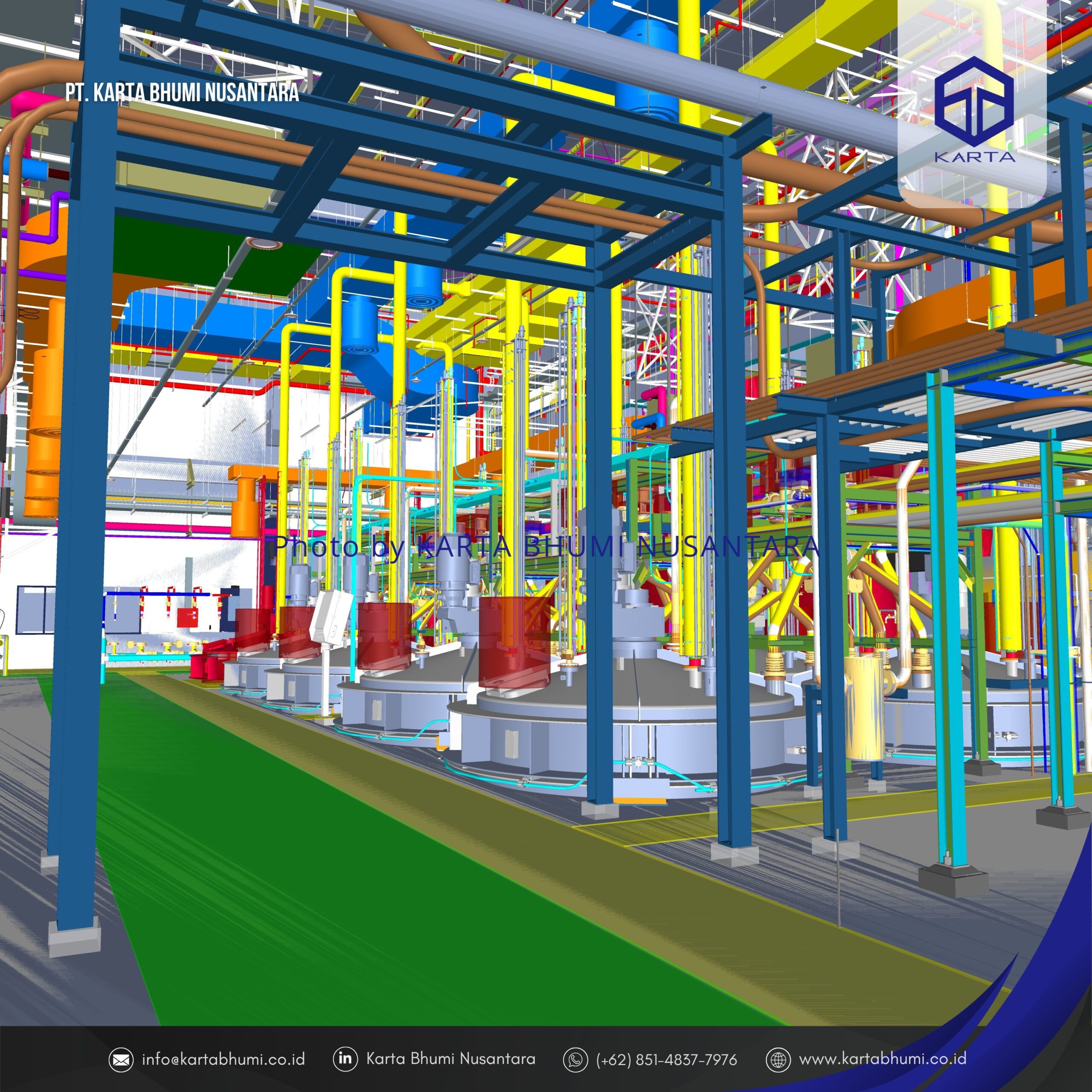
During the design phase, BIM is extremely helpful in identifying potential design conflicts between systems before construction begins. This process, known as clash detection, identifies errors such as pipes colliding with concrete structures or electrical cables colliding with ceilings. By identifying these issues early on, the project team can quickly correct the design without having to wait for incidents to occur in the field. This significantly saves time, effort, and costs during project implementation.
Furthermore, BIM also supports more accurate budget estimation and scheduling. Small changes in the design immediately impact costs and time, allowing for faster decision-making based on real-time data. For example, if the volume of concrete in the model changes, the system automatically recalculates material requirements and its impact on the construction duration. This makes BIM a crucial tool for project control to ensure it remains on track.
After a building is completed, the BIM model continues to play a vital role in the operational phase. The information stored in the model can be used for facility management, routine maintenance, component replacement, and even future renovations. With comprehensive and easily accessible data, building owners or asset managers can make better decisions to maintain the building’s performance. BIM helps ensure that assets remain efficient, safe, and well-maintained throughout their life cycle.
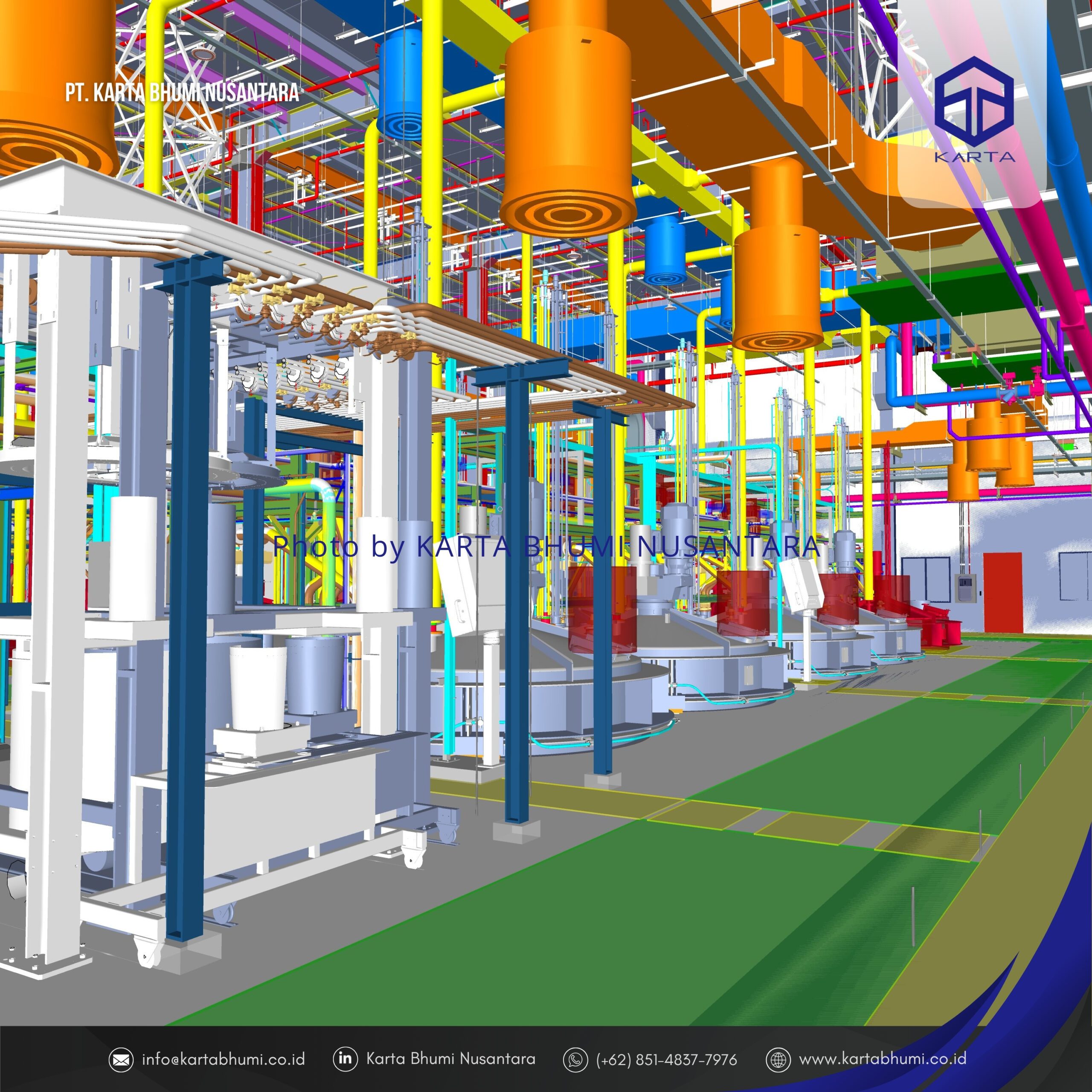
Globally, BIM has become the new standard in the construction industry. Many countries, such as the United Kingdom, Singapore, and the United Arab Emirates, have mandated the use of BIM in government projects. In Indonesia, BIM adoption is increasing, both in the private sector and in public infrastructure projects. The government, through the Ministry of Public Works and Public Housing (PUPR), has also begun encouraging the implementation of BIM to achieve budget efficiency, accelerate development, and improve the quality of national construction work.
BIM is not just a technology trend, but part of a transformation in the construction industry’s work processes, making them more transparent, collaborative, and data-driven. Amid global challenges such as limited resources, demands for efficiency, and the need for sustainable development, BIM provides a strategic and measurable solution. By implementing BIM, construction companies, planners, and project owners can increase competitiveness, accelerate project implementation, and ensure the sustainability of future development.

